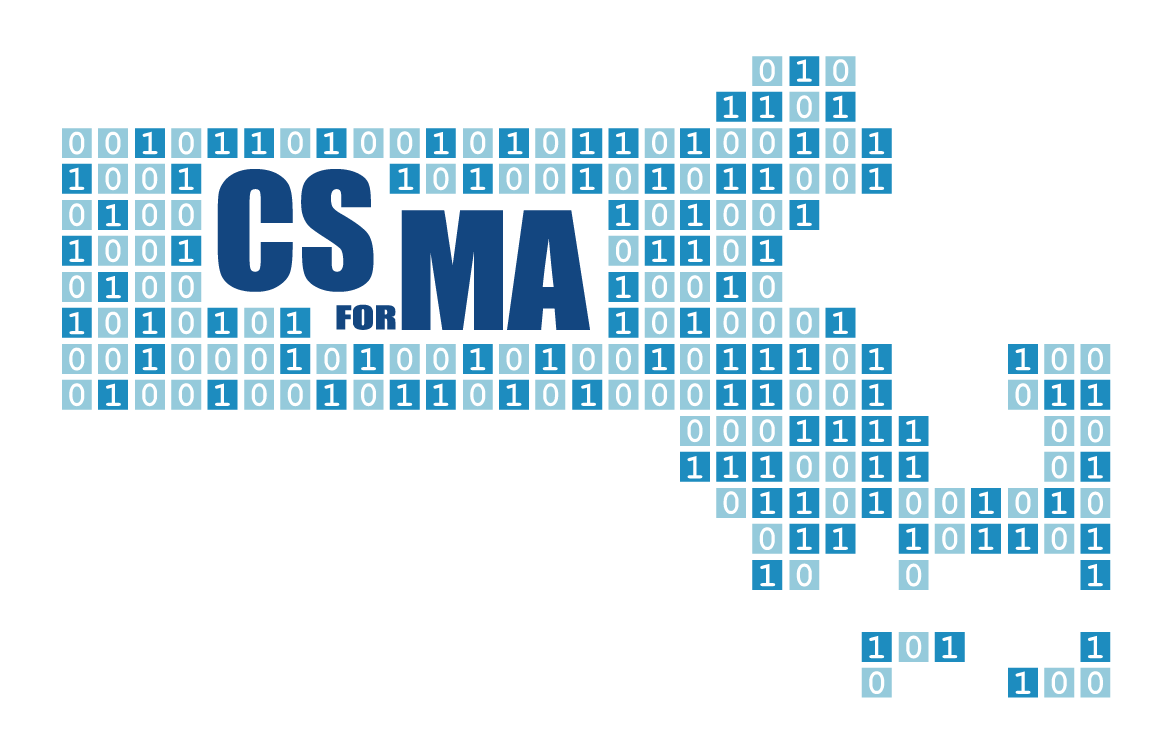Overview
Computational Thinking and Problem-Solving is designed to be a yearlong class in computational thinking and creative problem solving, preparing students to advance to the AP Computer Science Principles, Career and Technical Education Information Technology coursework, or work-based learning opportunities.
CTPS advances computational thinking skills and introduces an array of CS and IT competencies through a problem-based approach for students to apply learning in more relevant ways through authentic industry problems.
Background
CTPS was developed by BATEC as a result of research conducted in an NSF-sponsored grant to better understand computational thinking in the field of information technology. This course is presently offered at the University of Massachusetts and Bunker Hill Community College as a freshman level course, affording an opportunity to explore dual enrollment options. CTPS is currently being offered as dual enrollment courses within Boston Public Schools and Chicago Public Schools.
Pre-Requisites
CTPS is rooted in authentic real world scenarios, which are both approachable and appropriate for all students regardless of previous knowledge, skills, and abilities, although students benefit from having foundational CS coursework such as Exploring Computer Science or Code.Org’s CS Discoveries.
Curriculum Guide
The course has a strong focus on soft skills (problem solving, critical thinking, collaboration, resilience, communication) and on solving complex problems. In addition, the course utilizes teamwork, reflection and metacognition, writing and presentation skills, and cohort building skills important to student retention and advancement.
The course is organized as a set of projects which seeks to engage students and give them a sense of ownership and a maker mentality using such topical areas:
- Designing a gaming lounge
- Reducing the technology carbon footprint
- Developing a mobile application for a local student or community-based organization
- Creating a web presence for a local non-profit
- Exploring security issues.
The problems themselves are characterized by reflecting different information technology domains, featuring realistic situations, offering well-defined or ill-defined goals and outcomes, including limited scope with concrete tasks or infinite scope requiring self-determined constraining as resource limitations are discovered, and involving increasingly complex steps.
As they work through challenges in the course, students identify what they already know, what they need to know, and how and where to access new information that may lead to resolution of the problem. Students learn how to: (1) analyze, critique and select from alternative sources of information and courses of action; (2) think about problems that have multiple solutions; (3) work together with those of differing views; and (4) confront and address problems and situations in constructive and creative ways.
Download the Curriculum
